Advantages and Disadvantages of Incorporating Ad Exchanges into Ad Network Campaigns
Buy CPC Traffic | Buy Display Ads | Exclusive traffic sources | Buy Push Ads | Popunder ADS | Buy Native Ads | Buy Preroll Ads
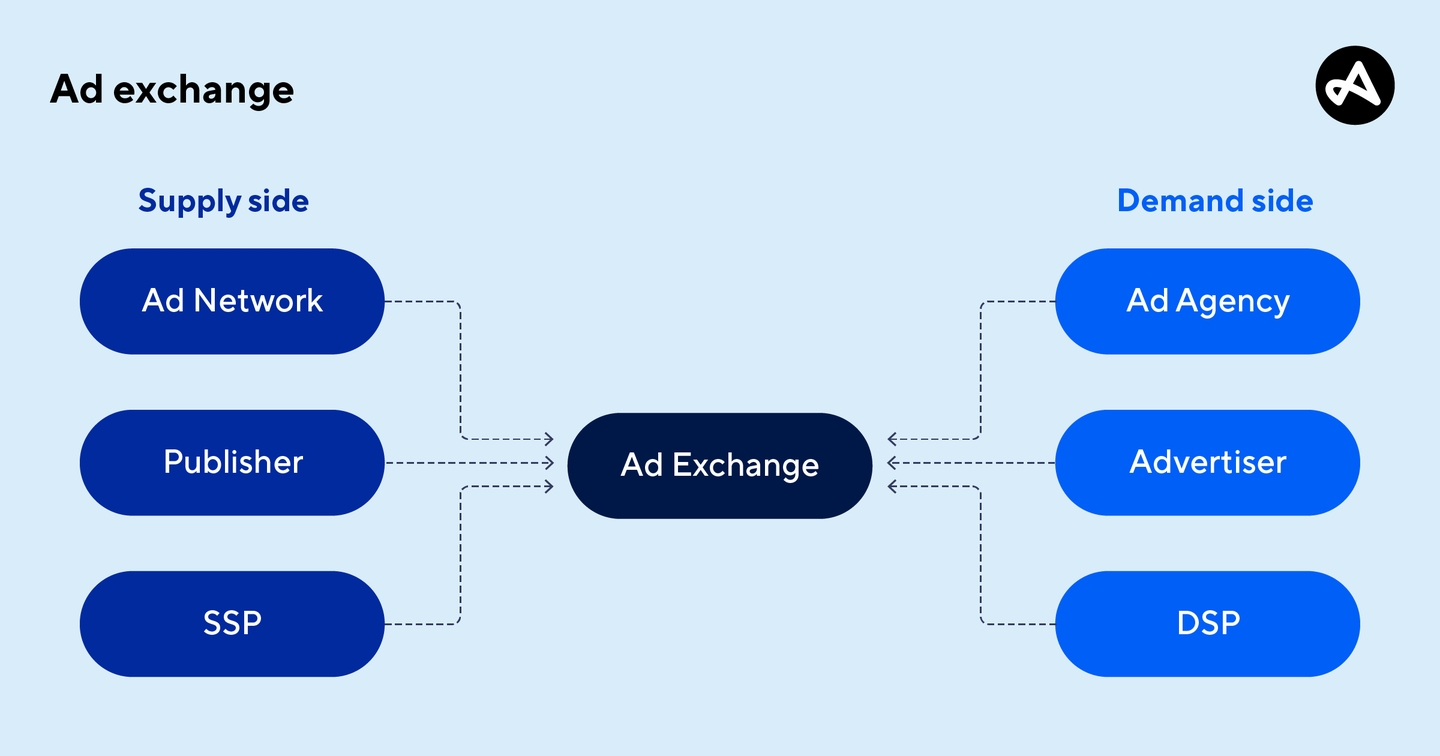
Buy CPC Traffic | Buy Display Ads | Exclusive traffic sources | Buy Push Ads | Popunder ADS | Buy Native Ads | Buy Preroll Ads
Ad exchanges have become an integral part of the digital advertising landscape, offering a range of benefits and challenges for advertisers and publishers alike. By connecting buyers and sellers in real-time, ad exchanges provide a platform for programmatic buying and selling of advertising inventory.
One of the major advantages of using ad exchanges in ad network campaigns is the ability to reach a wide range of potential customers. Ad exchanges aggregate inventory from multiple publishers, making it possible for advertisers to access a large audience through a single platform. This can significantly increase the reach and visibility of ad network campaigns, ultimately leading to higher conversion rates and revenue.
Another benefit of utilizing ad exchanges is the transparency they offer. Advertisers can have a clear view of the available inventory and the associated costs, allowing for better control over their advertising budgets. Additionally, the real-time bidding process enables advertisers to set their own bid prices, ensuring that they get the most value for their money.
However, there are also some drawbacks to using ad exchanges. One of the main concerns is the potential for ad fraud. With the vast amount of inventory available on ad exchanges, there is a higher risk of fraudulent activity, such as bot traffic or click fraud. Advertisers need to be vigilant and implement measures to detect and prevent fraudulent activity in order to protect their investments.
Furthermore, ad exchanges may not always offer the level of targeting and customization that some advertisers require. While they provide access to a broad audience, advertisers may have limited control over the specific demographics or interests they want to target. This can result in a less precise targeting strategy and potentially lower campaign performance.
In conclusion, ad exchanges offer significant advantages for ad network campaigns, including increased reach and transparency. However, advertisers should also be aware of the potential risks and limitations associated with using ad exchanges, such as ad fraud and limited targeting capabilities. By carefully considering these pros and cons, advertisers can make informed decisions and maximize the effectiveness of their ad network campaigns.
The Advantages and Disadvantages of Ad Exchanges in Ad Network Campaigns

Ad exchanges have become an integral part of ad network campaigns, providing numerous advantages while also presenting a few drawbacks. Understanding these pros and cons is crucial for advertisers and publishers looking to make informed decisions about using ad exchanges in their campaigns.
Advantages of Ad Exchanges
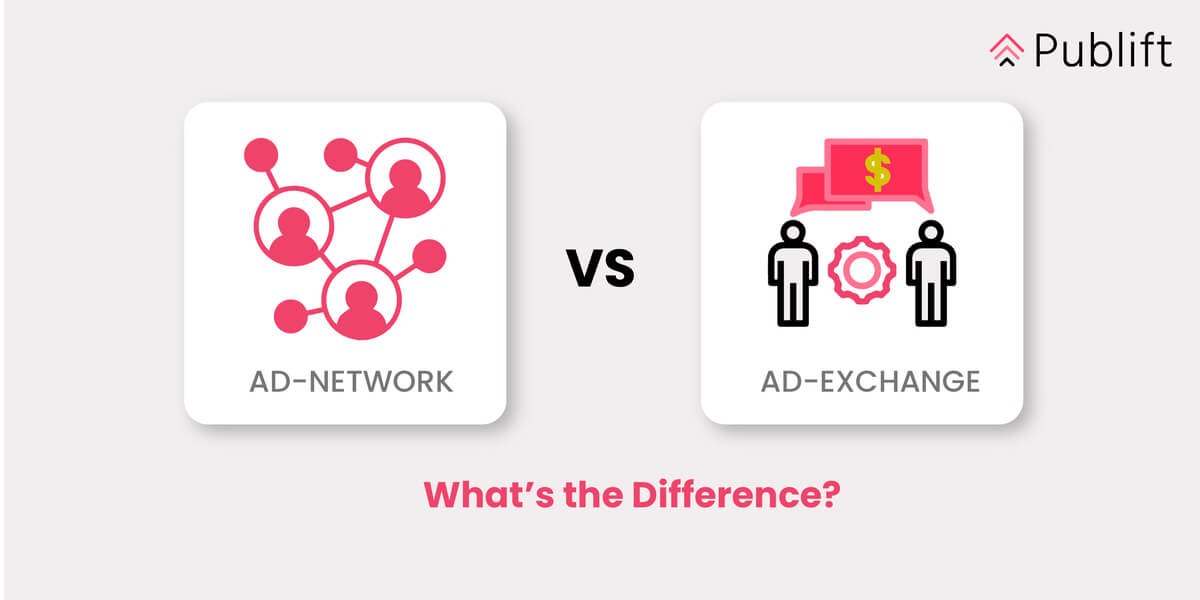
1. Increased reach: Ad exchanges allow advertisers to access a larger pool of inventory across multiple websites, increasing the reach and exposure of their ad campaigns. This wider reach can lead to higher visibility and better chances of reaching the target audience.
2. Real-time bidding: Ad exchanges utilize real-time bidding (RTB), which allows advertisers to bid for ad impressions in real time. This auction-based system enables advertisers to purchase ad inventory on a per-impression basis, maximizing cost efficiency and providing greater control over ad spend.
3. Targeted audience: Ad exchanges offer advanced targeting capabilities, allowing advertisers to reach specific audience segments based on various criteria such as demographics, interests, and browsing history. This level of granularity helps to improve campaign performance by delivering ads to a more relevant audience.
4. Transparency and control: Ad exchanges provide transparency by allowing advertisers to see where their ads are being displayed and which publishers they are working with. This transparency empowers advertisers to make informed decisions about their ad placements and optimize their campaigns accordingly.
Disadvantages of Ad Exchanges
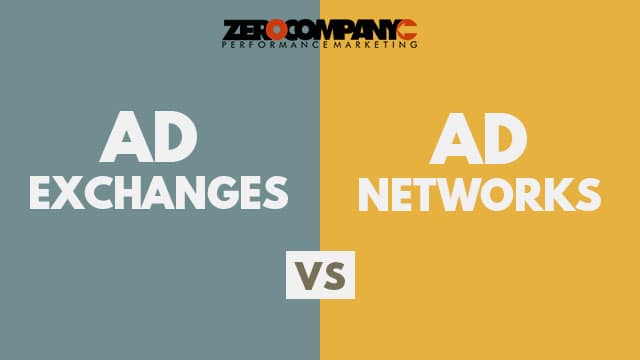
1. Ad fraud and brand safety concerns: Ad exchanges may increase the risk of ad fraud and brand safety issues due to the large number of websites and publishers involved. Advertisers need to be cautious and implement measures to mitigate these risks, such as using third-party verification tools.
2. Lack of direct relationships: Ad exchanges operate as intermediaries between advertisers and publishers, which can lead to a lack of direct relationships. This can result in limited control over inventory quality and ad placement, making it important to carefully monitor campaign performance and address any issues promptly.
3. Lower CPMs: As ad exchanges often involve bidding for ad impressions, the competition can drive down the CPM (cost per thousand impressions) rates. This can result in lower overall revenue for publishers and a potential decrease in ad quality.
Despite these disadvantages, ad exchanges remain a valuable tool for advertisers and publishers to expand their reach and optimize their ad network campaigns. By understanding the pros and cons and implementing effective strategies, businesses can navigate the ad exchange landscape successfully.
Enhanced Targeting Options

Ad exchanges provide ad network campaigns with enhanced targeting options, allowing advertisers to reach their desired audience more effectively. These targeting options include:
1. Demographic Targeting
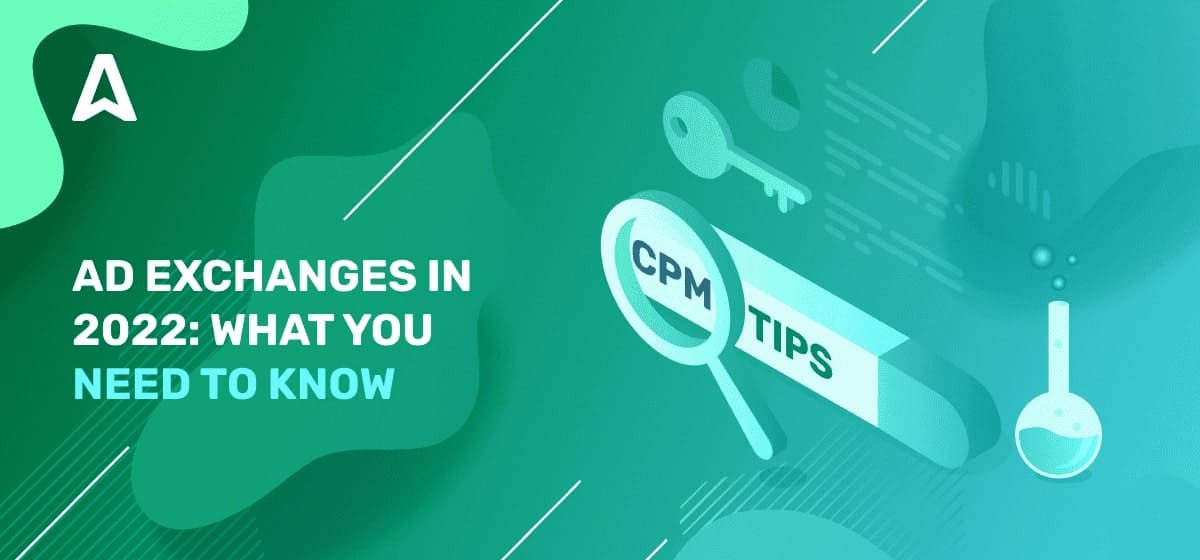
Ad exchanges offer the ability to target ads based on demographics such as age, gender, location, and income level. This allows advertisers to tailor their campaigns to specific segments of the population, ensuring that their message reaches the right people at the right time.
2. Behavioral Targeting
With ad exchanges, advertisers can target their ads based on users' past online behavior. This includes factors such as browsing history, search queries, and purchase intent. By leveraging this data, advertisers can serve relevant ads to users who are more likely to be interested in their products or services.
Overall, these enhanced targeting options provided by ad exchanges allow advertisers to optimize their ad network campaigns and increase their chances of reaching their target audience. By delivering more relevant ads to the right people, advertisers can improve their campaign performance and achieve a higher return on investment.
Increased Reach and Scale

One major advantage of using ad exchanges in ad network campaigns is the increased reach and scale it offers advertisers. Ad exchanges allow advertisers to access a vast pool of publishers and ad inventory, making it easier to target and reach a wider audience. With so many publishers available, advertisers can find the right platforms and websites that align with their target audience and effectively distribute their ads.
By using ad exchanges, advertisers can also benefit from the increased scale of their campaigns. Ad exchanges provide access to a large volume of ad impressions, allowing advertisers to serve their ads to a larger number of users. This can help increase brand exposure and drive more traffic to their websites or products.
Furthermore, ad exchanges offer various ad formats, including display ads, native ads, and video ads, among others. This diversity allows advertisers to choose the formats that work best for their campaigns and effectively engage with their target audience. For instance, if an advertiser wants to buy display ads, they can easily find publishers that offer this format and optimize their campaign accordingly.
Improved Targeting and Optimization
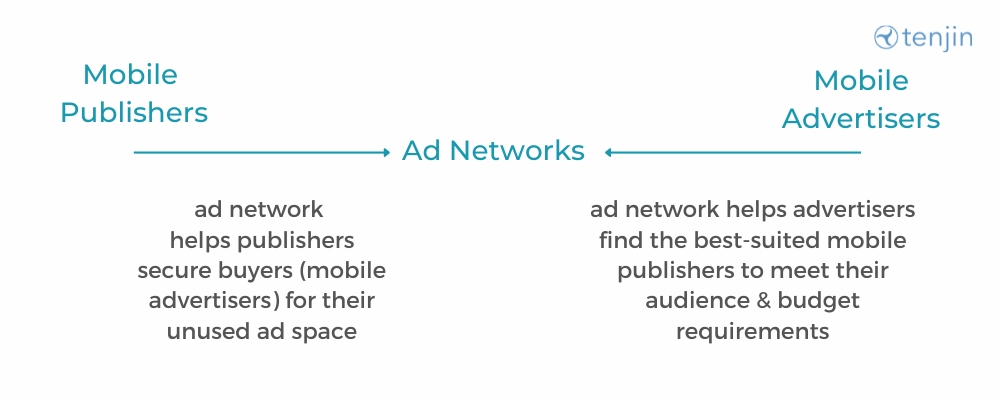
Another advantage of using ad exchanges is the improved targeting and optimization capabilities they provide. Ad exchanges utilize advanced targeting technologies and algorithms to match ads with the most relevant and valuable impressions. This helps ensure that ads are shown to users who are more likely to be interested in the advertised products or services.
Furthermore, ad exchanges offer real-time bidding (RTB) options, allowing advertisers to bid on ad impressions in real-time. This enables advertisers to optimize their campaigns by adjusting their bids based on the performance of different impressions. Advertisers can allocate their budget to the impressions that drive the most conversions or engagement, maximizing their return on investment (ROI).
1. Access to a large pool of publishers
1. Increased competition for ad inventory
2. Ability to reach a wider audience
2. Potential for ad fatigue
3. Increased brand exposure
3. Difficulty in maintaining ad relevance
4. Option to choose from various ad formats
4. Need for effective targeting and optimization
Conclusion
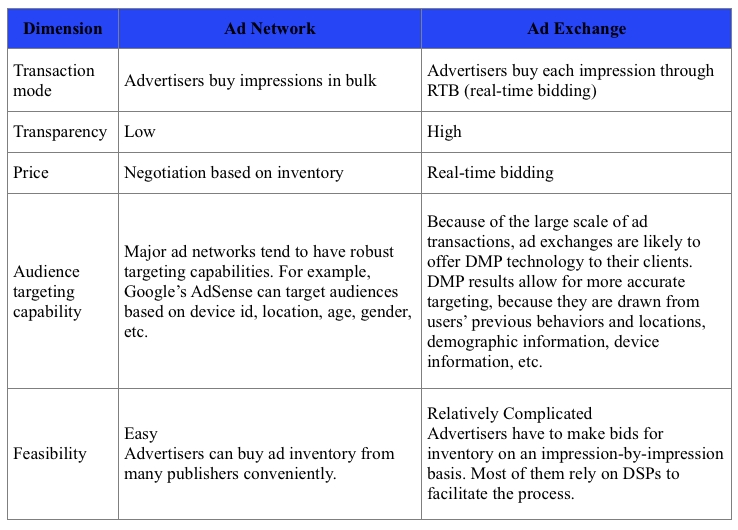
In summary, the increased reach and scale provided by ad exchanges can be highly beneficial for advertisers. It allows them to access a wide range of publishers, reach a larger audience, and choose from various ad formats. However, it is important for advertisers to effectively target and optimize their campaigns to maximize the benefits of increased reach and scale.
Lower Costs and Increased Efficiency

One of the main benefits of using ad exchanges in ad network campaigns is the potential for lower costs and increased efficiency. Ad exchanges provide a platform for advertisers and publishers to connect directly, eliminating the need for intermediaries and reducing costs associated with agency fees and overhead.
By bypassing traditional ad networks, advertisers can negotiate deals directly with publishers, potentially securing lower rates and better placements for their ads. This direct connection also allows for more efficient campaign management, as there are fewer layers of communication and approval processes involved.
Additionally, ad exchanges offer real-time bidding capabilities, which further optimize campaign efficiency. With real-time bidding, advertisers can bid on ad impressions in real-time, based on the value they attribute to each impression. This helps to maximize the return on investment by ensuring that advertisers are only paying for impressions that are highly relevant to their target audience.
In summary, using ad exchanges in ad network campaigns can lead to lower costs and increased efficiency through the elimination of intermediaries, direct negotiations with publishers, and the utilization of real-time bidding capabilities.
Lack of Control over Ad Placements
Using ad exchanges in ad network campaigns can lead to a lack of control over ad placements. Ad exchanges typically allow advertisers to target specific audience segments or demographics, but they do not provide granular control over where their ads are actually displayed. This can be a concern for advertisers who want their ads to appear on specific websites or in certain contexts.
Without direct control over ad placements, advertisers may find that their ads are being displayed on websites that are not relevant to their target audience or are considered inappropriate. This can result in wasted ad spend and a negative impact on brand perception.
For example, an advertiser that specializes in selling popunder ads may specifically want their ads to appear on websites that focus on technology or digital marketing. However, when using ad exchanges, their ads may also be displayed on websites unrelated to their target audience, such as entertainment or news sites.
This lack of control can also lead to ad fraud, as advertisers have no way of verifying that their ads are being shown to real users on legitimate websites. Ad exchanges may partner with publishers that have low-quality traffic or engage in fraudulent practices, resulting in wasted ad spend and ineffective campaign performance.
Increased ad inventory
Lack of control over ad placements
Targeting options
Potential for ad fraud
Lower ad costs
Difficulty in optimizing campaigns
Access to real-time data
Limited transparency
Potential for Fraud and Brand Safety Concerns
While ad exchanges can offer numerous benefits to businesses, there are also potential risks and concerns associated with their use. One of the main concerns is the potential for fraud within the ad exchange ecosystem.
Fraud in ad exchanges can occur in various forms, including click fraud, impression fraud, and ad injection. Click fraud involves artificially generating clicks on ads to drive up costs for advertisers or to waste their advertising budget. Impression fraud refers to the practice of falsely reporting ad impressions to make it seem like the ad has been viewed more times than it actually has. Ad injection is when ads are inserted into web pages without the knowledge or permission of the website owner.
These fraudulent activities can significantly impact the effectiveness and ROI of ad campaigns. Advertisers may end up paying for clicks or impressions that are not genuine, leading to wasted advertising budgets and lower return on investment. It also undermines the integrity of ad network campaigns and the trust between advertisers and publishers.
Another concern is the issue of brand safety. Ad exchanges may not have strict control over the publishers and websites on which ads appear. As a result, ads could end up being displayed on websites with inappropriate or objectionable content, leading to negative associations for the brand. This can damage the brand's reputation and credibility among consumers.
Steps to Mitigate Fraud and Brand Safety Risks
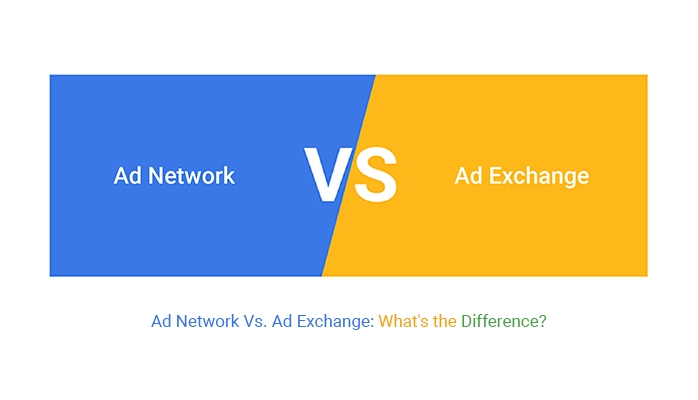
To mitigate the risks associated with fraud and brand safety in ad exchanges, advertisers can take certain precautions:
Work with trusted ad exchanges and demand transparency regarding the ad supply sources.
Implement fraud detection and prevention tools to identify and block fraudulent activity.
Regularly monitor ad campaign performance and key metrics to identify any suspicious patterns.
Use brand safety tools and technologies that can help ensure ads appear on high-quality and relevant websites.
Establish clear guidelines and criteria for publishers and websites to ensure brand safety and avoid association with inappropriate content.
By implementing these strategies, advertisers can reduce the risks associated with fraud and brand safety concerns in ad exchange campaigns and maximize the positive impact of their advertising efforts.
What is an ad exchange?
An ad exchange is a digital marketplace that connects advertisers and publishers, allowing them to buy and sell advertising inventory in real-time through an automated bidding process.
What are the advantages of using ad exchanges in ad network campaigns?
Using ad exchanges in ad network campaigns can provide several benefits, including access to a wide range of ad inventory, increased targeting options, real-time bidding capabilities, and potential cost savings.
Are there any drawbacks to using ad exchanges?
Yes, there are some drawbacks to using ad exchanges. These can include concerns over ad fraud, brand safety issues, lack of control over ad placements, and potential competition for ad inventory.
How do ad exchanges work?
Ad exchanges work by allowing advertisers to bid on available ad inventory in real-time. Advertisers can set their desired targeting parameters and bid amounts, and the ad exchange matches ads with relevant publishers based on these factors.
Can using ad exchanges help optimize ad network campaigns?
Yes, using ad exchanges can help optimize ad network campaigns by providing access to a larger pool of ad inventory and more advanced targeting options. This can help advertisers reach their desired audience more effectively and potentially improve campaign performance.
What are ad exchanges?
Ad exchanges are digital marketplaces where advertisers and publishers come together to buy and sell ad inventory in real-time. It allows advertisers to reach a wider audience and publishers to monetize their websites or apps.
What are the benefits of using ad exchanges in ad network campaigns?
Using ad exchanges in ad network campaigns can provide several benefits. Advertisers can reach a larger audience and increase their reach and visibility. Ad exchanges also offer real-time bidding, which allows advertisers to bid on ad impressions based on their specific targeting criteria. This can result in more efficient ad spend and better ROI. Additionally, ad exchanges provide transparency and control over where ads are being displayed.
Are there any drawbacks to using ad exchanges in ad network campaigns?
While there are many benefits, there are also some drawbacks to using ad exchanges in ad network campaigns. Ad exchanges can be more complex to set up and manage compared to traditional ad networks, requiring technical expertise and resources. Advertisers also have less control over where their ads are being displayed, as ad exchanges work on a programmatic basis and ads may be shown on websites or apps that are not directly related to the advertiser's target audience. There is also the risk of ad fraud and low-quality inventory on ad exchanges, which can impact the effectiveness of campaigns.
Buy CPC Traffic | Buy Display Ads | Exclusive traffic sources | Buy Push Ads | Popunder ADS | Buy Native Ads | Buy Preroll Ads
2022-2024 @ The Pros and Cons of Using Ad Exchanges in Ad Network Campaigns